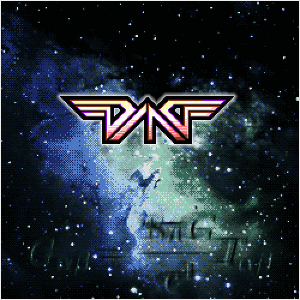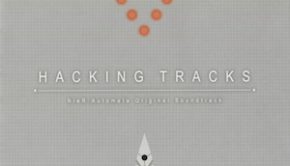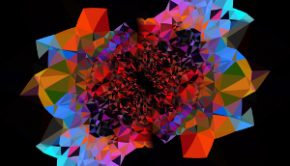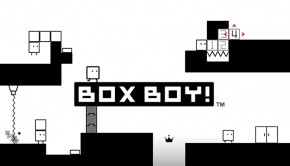Diad
 |
Album Title: Diad |
| Record Label: Ubiktune |
|
| Catalog No.: UBI065 |
|
| Release Date: May 9, 2013 |
|
| Purchase: Download at Bandcamp |
Overview
One of the latest albums to come from the indie chiptune label Ubiktune, Diad is an original album promised to “guide [one] through the spiritual graveyard, transcending both time and space.” The album is the latest release from Tadpole (François Martin) and Heosphoros (Joel Barker), a duo of artists who created NES music in their distinctive style. While I hadn’t had any previous experience with these artists, I nevertheless had high expectations going into Diad, given the label previously produced hits like Soundshock: FM Funk Madness and the excellent Preschtale. Was my wish for great chiptune tracks granted?
Body
The first thing I noticed when listening to this album for the first time was just how close the sound design was to original NES hardware. While most chiptune albums usually rely on live instrumentation with “8-bit-esque” synth, Diad is one of the few I’ve heard that actually tries accurately emulate the same three-channel sound that the old console originally had. That’s not to say that this is a bad thing though. It’s actually quite the opposite. I think that the intentional limitations set forth by the composers actually “improves” the overall enjoyment and memorability of the music.
“The Beckoning Enslaved” is a fast-paced frenzy of NES battle music that reminds me of a cross between one of Konami’s space shooters like Gradius mixed with the sounds of the classic Castlevania trilogy. The overall feeling is one that portrays the awe and wonder of the vastness of space, while still wary of the dangers ahead. The latter half of the track gives room for the listener to breath, as the tempo slows down and becomes more subdued before it ends abruptly. The next track, “Pillars of Creation” is mysterious and atmospheric. The use of high-pitched synth makes it effective, while the basic melody feels improvised and jazz-inspired.
“Merciless” briefly begins with primitive rain and thunder sound effects, while a brooding low-octave synth melody takes over. As one of the few misses on the album, the duration of the track feels repetitive and it doesn’t seem to go in any set direction. “Dimension-Reversing Dualities” is a fury of rock and quick-tempo notes of chiptune. As one of the highlights of the album, it would not feel out of place as a Mega Man stage BGM. The album’s bonus track towards the end allows this track to shine with live electric guitars and drum beats. Both versions are extremely fun and enjoyable.While the live version is out of place compared to the rest of the album, it works wonderfully as a bonus track.
After a dark introduction, “The Great Void (Perihelion)” utilizes a brief digitized female voice: “Please help me,” and then moves on to the main melody. The dire melody and composition continue throughout while the occasional voice sample sneaks in. The track feels brooding, but with tinges of hope still there. If Diad was a video game, than “The Chaotic Vastness (Aphelion)” would no doubt be its ending theme. The victorious theme will likely remind old-school listeners of finally beating that one difficult game that took the entire night to finish.
Summary
Diad is an overall nostalgic album that’s one of the best at accurately mimicking NES hardware. With the exception of perhaps one or two repetitive tracks, this release is a short but sweet contribution from the folks of Ubiktune. While I wasn’t aware of Tadpole and Heosphoros on listening to this album, I am now checking out their past releases and anticipating their next efforts. I recommend it to all listeners who’ve previously enjoyed their works, and to those who wish to re-experience the sounds from the 8-bit era. Plus, it’s available on Bandcamp a name-your-price basis, so can be sampled or bought for free if you wish. Further reflecting the authenticity of the release, the NSF and FTM files used to create the tracks are included as an added bonus.
Do you agree with the review and score? Let us know in the comments below!
4
Posted on May 3, 2014 by Oliver Jia. Last modified on May 3, 2014.














